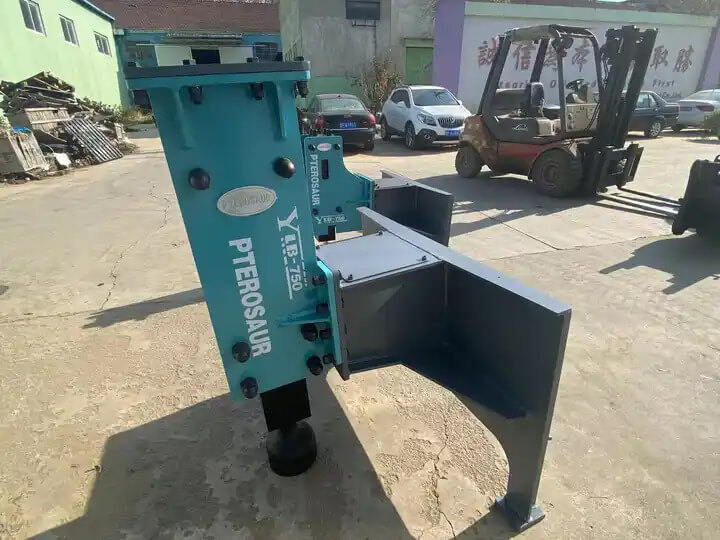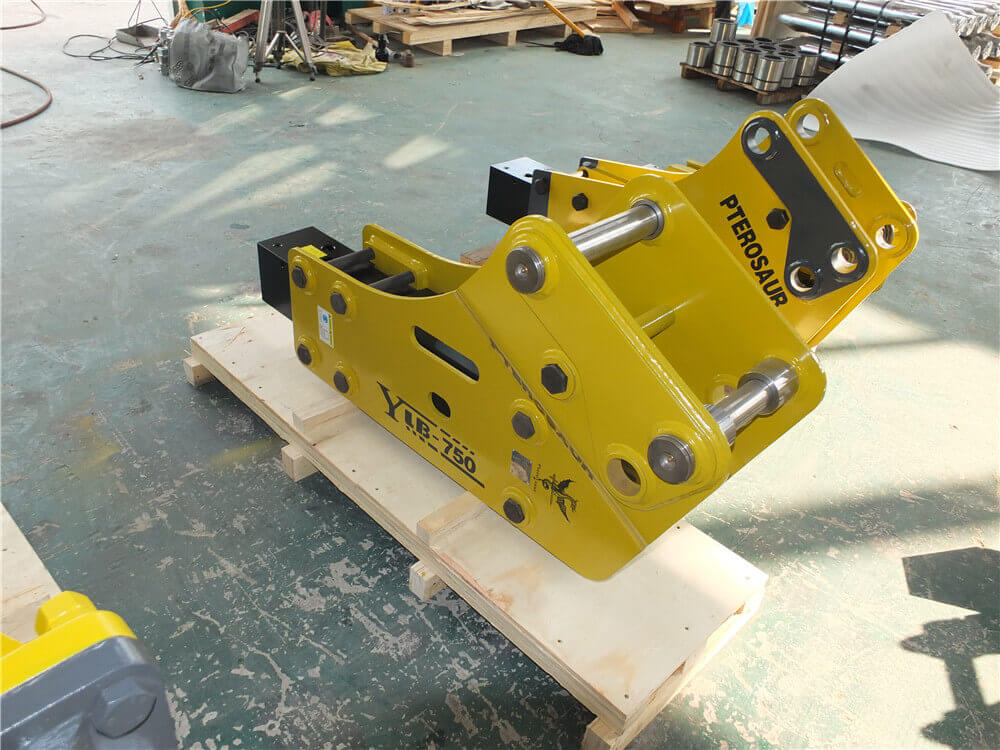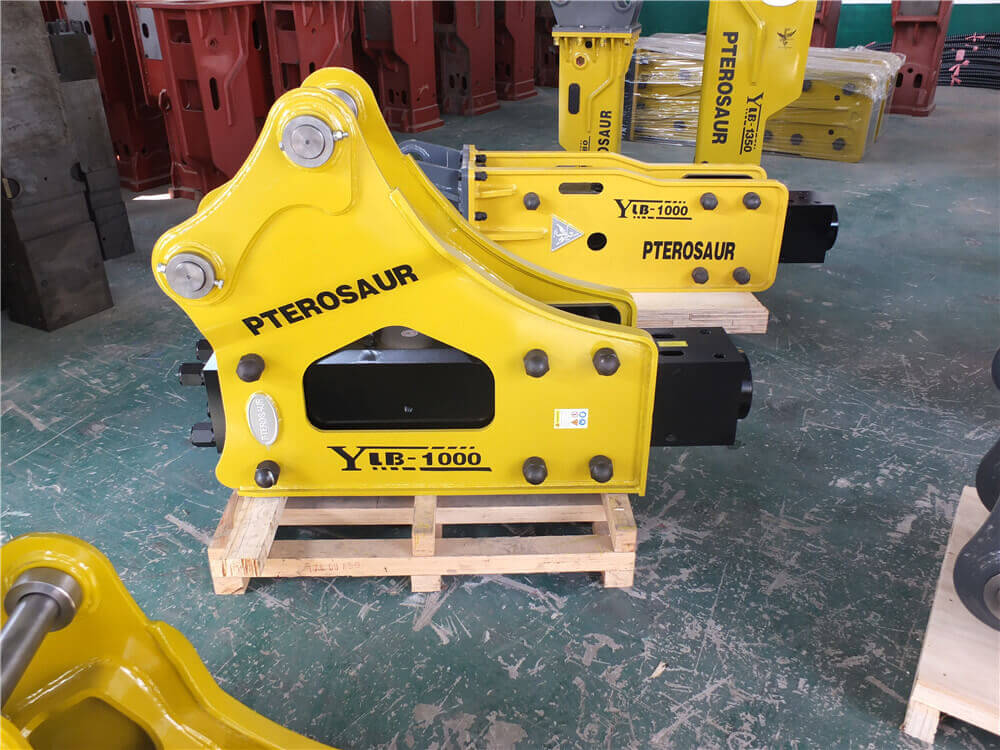
Today, we’re diving into the essential techniques for using a hydraulic hammer effectively. While it may seem straightforward, mastering this tool requires understanding the proper methods to avoid costly mistakes, especially concerning the shank, which is crucial for the hammer’s function.
Understanding the Shank
The shank is the component that delivers the impact. It’s vital to avoid bending or snapping it, as replacements can be expensive and time-consuming. When digging into concrete, pulling the hammer back too far can lead to damage. Always ensure that the hammer remains perpendicular to the surface to maximize force and prevent bending.
Techniques for Breaking Concrete
When breaking concrete, start with a tight pattern to effectively manage the material’s hardness and any reinforcing rebar present. Position the top cap level with the hammer to ensure full downforce. Think of the hydraulic hammer as a giant hammer and chisel; improper angles can hinder performance and increase wear on the machine.
Common Mistakes to Avoid
One common mistake is lifting the machine off the ground while operating the hammer. This can lead to unnecessary strain on the machine without improving performance. Instead, maintain consistent down pressure to allow the hammer to work efficiently.
Getting Unstuck
If you find yourself wedged in a hole, avoid the instinct to crank the machine aggressively. Instead, adjust your alignment, either curling the boom towards you or gently maneuvering to relieve pressure. Keeping the hammer perpendicular while breaking concrete will reduce the likelihood of getting stuck.
Final Tips
Remember, proper alignment and maintaining down pressure are key. Don’t force the hammer into a stuck position; instead, consider pushing back down slightly to relieve stress. Practice these techniques to become proficient with the hydraulic hammer, and don’t hesitate to seek guidance if you encounter challenges.





